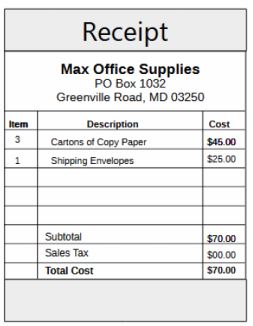For IRS Schedule C, Cost of Goods Sold (COGS) relates to both the supplies (raw materials) you use and the finished goods (things you make) at various stages.
Your inventory includes three main categories:
- Raw Materials/Supplies: The unused components you purchased to make your products (e.g., fabric, thread, beads, wood).
- Work in Process (WIP): Products that are partially completed.
- Finished Goods: The products you’ve completed and have on hand ready for sale.
The Cost of Goods Sold (COGS) calculation essentially tracks the movement of these costs and allows you to deduct the cost of only the goods you actually sold during the year.
How Inventory Relates to COGS on Schedule C
To calculate your COGS in Part III of Schedule C, you use an equation that involves your inventory values:
{Beginning Inventory} +{Purchases} + {Direct Labor} +{Other Costs} – {Ending Inventory} = {Cost of Goods Sold}
Here’s a breakdown of how your inventory fits into this:
- Beginning Inventory (Line 35): This is the total value of all your inventory (raw materials, WIP, and finished goods) from the end of the previous tax year.
- Purchases (Line 36) and Materials and Supplies (Line 38): This is the cost of the raw materials/supplies you bought during the current year.
- Ending Inventory (Line 41): This is the total value of all your unsold inventory (raw materials, WIP, and finished goods) still on hand at the end of the current tax year.
The Key Principle
The most important concept is that you cannot deduct the cost of supplies until the finished product made with those supplies is sold.
- When you buy supplies, the cost goes into your Inventory.
- When you use supplies to make a product, the cost moves from Raw Materials to Finished Goods Inventory.
- When you sell the finished product, the total cost to make that product (materials, labor, etc.) moves out of inventory and becomes your Cost of Goods Sold (COGS), which is a deduction against your income.
This approach ensures that your income is clearly reflected because you match the expense (COGS) with the income (Sales) in the same tax year.



